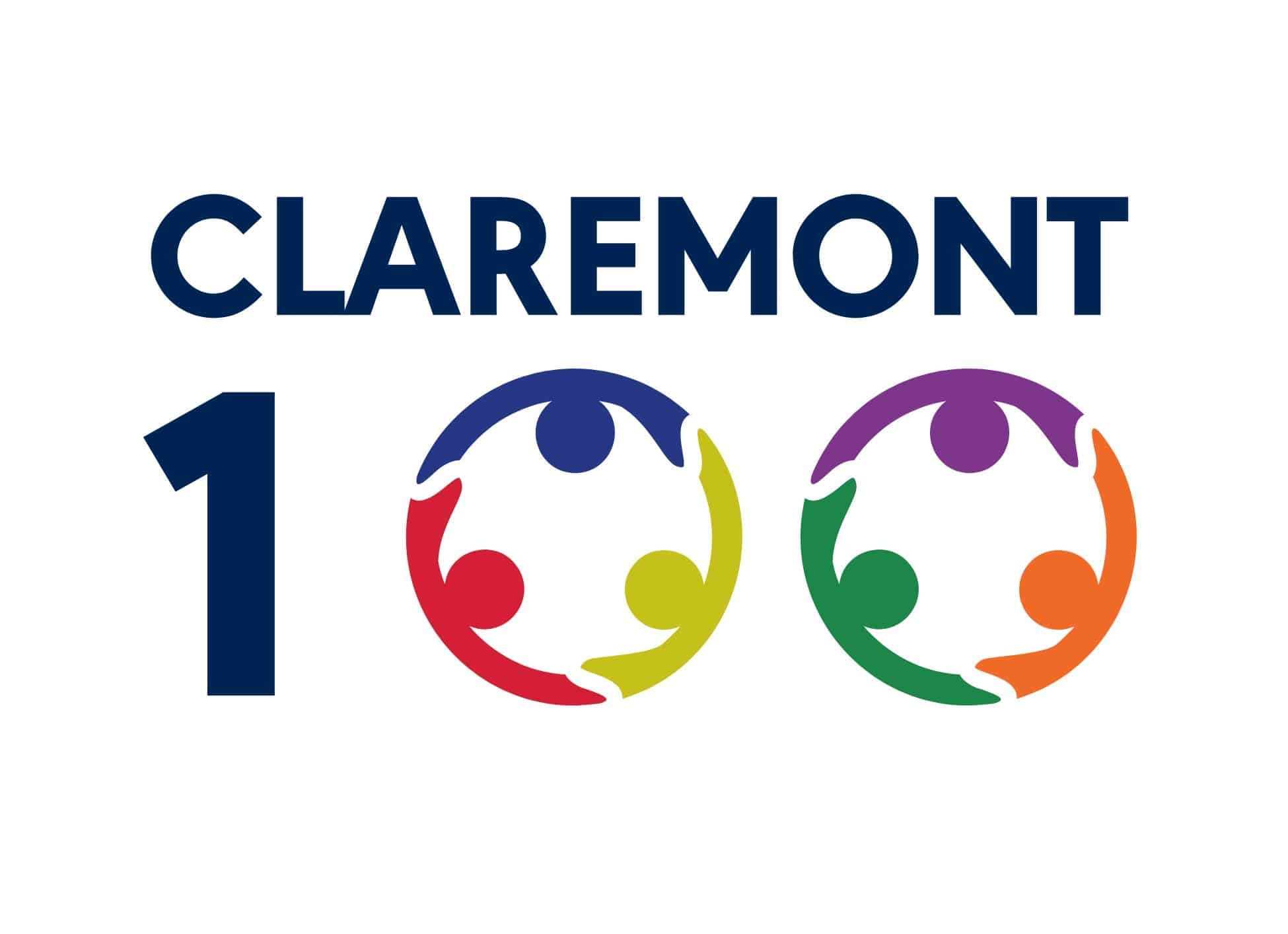
Heads' blog
·9 June 2023
“It is a nice problem to have” is often the comment I hear when I vocalise my worry about surging demand for places both at Claremont Fan Court School and for SW London and Surrey school places generally. I realise telling fellow heads we recently had 400 applicants when three years ago we had 170 is tactless when simple geography may have caused the opposite trend for them.
Whilst our prior move from broadly welcoming all-comers to becoming gently selective was the right change for my predecessor to have achieved, I quickly sensed the new surge in interest risked eroding something very special about Claremont in making us just another London or near-London school, only accessible for the highly tutored and the MENSA champions. I should add, we are proud to have pupils of that standard, but a bag of skittles is little fun when they are all red. I enjoy a school where 12% apply for Oxbridge or medical school places and a contrasting 12% look to Central St Martin’s or similarly creative colleges.
I am proud to lead a school where many pupils go on to pursue their interest – be it anthropology, engineering, ancient history or textile design – where they have realised enjoyment and stimulation will be found – rather than necessarily following a more predictable university and career route. I believe the risk of raising our hurdle again and again is that pupils become clones of one another, pursuing homogenous study and career routes that may not actually suit them.
I was particularly amused by a recent interview with an 11+ candidate who, perhaps naively, told me she did not really like reading (in fairness she loved reading about facts, just not novels). She then showed me pictures of the exceptional Lego creations she had made and explained the intricacies of being the “top” in her acrobatic gym group. I could see that she was not a child who did not read, but instead, a girl who spends every spare moment absorbed in something else entirely. In a world where the careers of tomorrow are not yet defined, she demonstrated innovation and perseverance in abundance.
So how do you stay gently selective? In reality, it is by allowing gentle growth in the school. This has also been a consequence of successfully recruiting an even balance of girls and boys (without disadvantaging either gender) when previously we had not.
We call this right-sizing – the conscious decision to grow the school, not for the fee income, not because we need to, but because we ought to.
A school with an increase in pupils could lead to bigger classes and reduced personalisation of support, but if planned well, it can deliver quite the opposite: more small tutor groups where each tutor knows their pupils better; more differentiation to enable each pupil to be challenged at their own pace in maths; more sports teams so you can progress through the rugby or lacrosse teams rather than being crowded out by pupils who have played sport in a local club since they advanced to pull-up nappies; or a more vibrant sixth form environment, buzzing with excitement and opportunity.
As it happens, our beautiful grade-one listed mansion, the location for most pen and paper-based subjects, has maintained an unavoidable cap on class sizes in the middle school anyway. However, where once an A level class might have had three or four pupils, there is universal agreement that a class of eight or nine creates a more constructive learning environment where debate develops a depth of understanding and where you are more likely to have someone a bit like you in the class.
Like Goldilocks might suggest, a school can be too big, but it can also be too small; right-sizing is key!